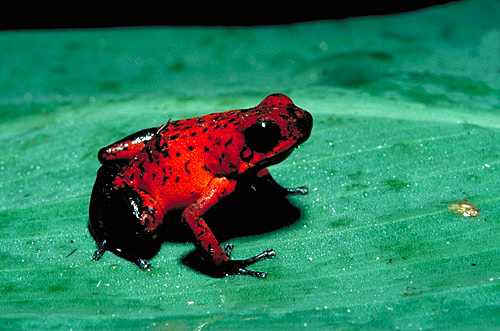Yes,and found naturally,but the dangerous stuff is pure form.also used as food flavouring,like chewing gum.
wiki. more.
Plants containing methyl salicylate produce this organic ester (a combination of an organic acid with an alcohol) most likely as an anti-herbivore defense. If the plant is infested with herbivorous insects, the release of methyl salicylate may function as an aid in the recruitment of beneficial insects to kill the herbivorous insects.[1] Aside from its toxicity, methyl salicylate may also be used by plants as a pheromone to warn other plants of pathogens such as tobacco mosaic virus.[2] Numerous plants produce methyl salicylate in very small amounts.
Plants producing it in significant amounts (readily detected by scent) include:
* Most species of the family Pyrolaceae, particularly those in the genus Pyrola.
* Some species of the genus Gaultheria in the family Ericaceae.
* Some species of the genus Betula in the family Betulaceae, particularly those in the subgenus Betulenta.
* All species of the family Spiraea, also called the Meadowsweets.
[edit] Commercial production
Methyl salicylate can be produced by esterifying salicylic acid with methanol. Commercial methyl salicylate is now synthesized, but in the past, it was commonly distilled from the twigs of Sweet Birch (Betula lenta) and Eastern Teaberry (Gaultheria procumbens).
[edit] Uses
Chick embryo that was treated with methylene blue to stain the skeleton, then cleansed with 2 or 3 ethanol washes, and treated with methyl salicylate to make the surrounding tissues transparent
It is used as a rubefacient in deep heating liniments, and in small amounts as a flavoring agent at no more than 0.04%.[3] It is also used to provide fragrance to various products and as an odor masking agent for some organophosphate pesticides. If applied in too high quantities it can cause stomach and kidney problems.[citation needed]
It is one of many compounds that is attractive to males of various species of orchid bees, who apparently gather the chemical to synthesize pheromones; it is commonly used as bait to attract and collect these bees for study.[4]
Methyl salicylate also has the ability to clear plant or animal tissue samples of color, and as such is useful for microscopy and immunohistochemistry when excess pigments obscure structures or block light in the tissue being examined. This clearing generally only takes a few minutes, but the tissue must first be dehydrated in alcohol.[citation needed]
Methyl salicylate, though its source plants are not true mints, is also used as a mint in some kinds of chewing gum and candy, as an alternative to the more common peppermint and spearmint oils. It can also be found as a flavoring of root beer. It is also a potentially entertaining source of triboluminescence; when mixed with sugar and dried, it gains the tendency to build up electrical charge when ground. This effect can be observed by crushing wintergreen Life Savers candy in a dark room.[5][6]
Methyl salicylate can also be used as a transfer agent, to produce a manual copy of an image on a surface.[7]
Methyl salicylate is added in small amounts to glacial acetic acid to lower its freezing point while travelling in cold countries.
Methyl salicylate is also used as a simulant or surrogate for the research and investigation of the chemical warfare agent, sulfur mustard due to its similar chemical and physical properties.[8]
Methyl salicylate is one of several antiseptic ingredients in Listerine mouthwash produced by the Johnson & Johnson company.
http://en.wikipedia.org/wiki/Methyl_salicylate
















































 Mike
Mike